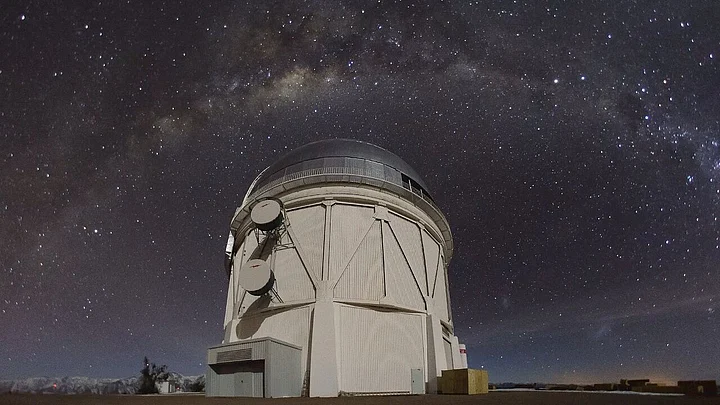The largest planet-killing asteroid, found since 2014, has been discovered by Scott Shepard, an astronomer at the the Carnegie Institution for Science in Washington.
The asteroid has been named 2022 AP7, and will likely cross the Earth's orbit, making it a potentially hazardous asteroid (PHA). However, it is unlikely to collide with the Earth's surface.
Among Top 5% Of Largest Asteroids Discovered
2022 AP7 was discovered while scientists were searching for space rocks within the orbits of Earth and Venus, through the Víctor M Blanco 4-meter Telescope at Cerro Tololo Inter-American Observatory.
In a study published in the Astronomical Journal, Scott Shepard and his team revealed that three 'rather large' asteroids were found, though only 2022 AP7 would be crossing Earth's orbit.
The asteroid was decreed a planet-killer due to it's massive size, with a diameter of about 1.1 to 2.3 km. It is the largest asteroid found in the last eight years and could probably be categorised in the top 5% of all the asteroids discovered so far.
Any asteroid over one km in size is considered a planet killer, Shepard told The Guardian.
He added that in the case of 2022 AP7's collision with Earth, the effects would be devastating. It would cause large amounts of dust and pollutants to rise to the atmosphere which would take years to settle.
Such large asteroids are called planet-killers due to the potential threat they pose which might trigger a mass-extinction event upon collision with Earth.
However, according to Shepard, the asteroid has absolutely no chance of colliding with the Earth and will merely pass through the Earth's orbit at a distance of millions of kilometers.
2022 AP7 orbits the sun every five years and will be seen next in 2027.
The asteroid is expected to gradually reduce the distance between its orbit course and the Earth's surface, but that is centuries away.
(With inputs from The Guardian.)
(Our on-ground climate journalism needs your insights, ideas, and financial support - as we cover the biggest crisis of our times. Become a Q-Insider so we can bring more such stories to light. Click here to learn more.)
(At The Quint, we question everything. Play an active role in shaping our journalism by becoming a member today.)
